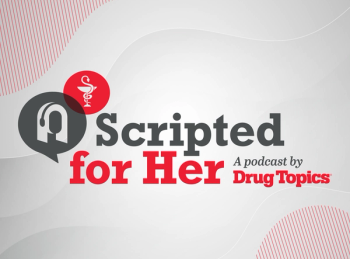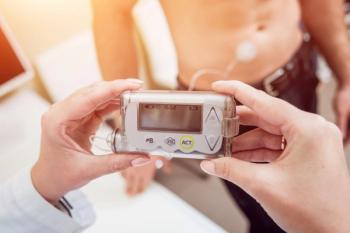
- Drug Topics May/June 2025
- Volume 169
- Issue 03
May/June OTC Product Roundup: First Aid
Whether it is a kitchen mishap or backyard injury, pharmacists are key in helping patients choose the right OTC first aid products for fast, effective care.
From scraped knees to minor burns and bug bites, everyday injuries send patients to the pharmacy in search of quick fixes. With a wide range of OTC first aid products on the shelves—wound cleansers, bandages, antibiotic ointments, and more—pharmacists play a key role in guiding patients to the right care. This guide covers essential product picks to help patients build the perfect at-home first aid kit.
FOR BURNS:
NEOSPORIN BURN RELIEF ANTIBIOTIC OINTMENT
Bacitracin zinc, neomycin sulfate, polymyxin B sulfate, pramoxine hydrochloride
Manufactured by Johnson & Johnson
Neosporin Burn Relief works by combining antibiotics to prevent infection and a pain reliever to soothe and numb the affected area. The antibiotics protect against bacterial growth, and the pain-relieving ingredient provides fast, temporary relief from the discomfort and stinging of minor burns.
Clinical Pearls
- Neosporin should not be used on large, deep, or puncture wounds. It is also only intended for minor first-degree burns; medical attention should be sought for more serious injuries.
- Some patients may be sensitive to neomycin or other ingredients and could develop an allergic reaction. Alternative products should be considered if rash or irritation develops.
- A small amount of Neosporin is sufficient, as overapplication can trap moisture and slow healing.
FOR BUG BITES:
BENADRYL ITCH STOPPING CREAM
Diphenhydramine hydrochloride 2%, zinc acetate
Manufactured by Kenvue Brands
Benadryl Itch Stopping Cream contains diphenhydramine, an antihistamine that works by blocking histamine receptors in the skin. When applied to minor cuts, insect bites, rashes, or burns, it helps relieve itching, redness, and discomfort by reducing the body’s allergic response at the site of application. It provides temporary, localized symptom relief.
Clinical Pearls
- Benadryl should only be applied to small, localized areas of skin to minimize the risk of systemic absorption and potential adverse effects.
- Patients should avoid using Benadryl in combination with oral diphenhydramine, as this may increase the risk of drowsiness and other adverse effects.
- Benadryl is intended for short-term use only, as prolonged application may cause skin sensitization or allergic reactions.
FOR SMALL WOUNDS:
NEW-SKIN ALL-IN-ONE LIQUID BANDAGE
Benzethonium chloride
Manufactured by Advantice Health
New-Skin All-in-One Liquid Bandage works by forming a flexible, waterproof seal over minor cuts, scrapes, and cracked skin. When applied, it dries quickly to create a protective barrier that helps prevent infection by sealing out dirt and germs. This film also reduces pain by covering exposed nerve endings and allows the skin to heal naturally underneath.
Clinical Pearls
- New-Skin should not be applied to deep wounds, punctures, or infected areas, and it is intended only for minor skin injuries
- Patients should be advised that a brief stinging or burning sensation may occur upon application, particularly when used on open or cracked skin.
- New-Skin can be reapplied as needed, but patients should allow the previous layer to dry completely before adding another coat for continued protection.
Articles in this issue
6 months ago
Pharmacists Help Patients Manage Chronic Pain7 months ago
Natural Disasters Pose Risk to Heart HealthNewsletter
Pharmacy practice is always changing. Stay ahead of the curve with the Drug Topics newsletter and get the latest drug information, industry trends, and patient care tips.























































































































